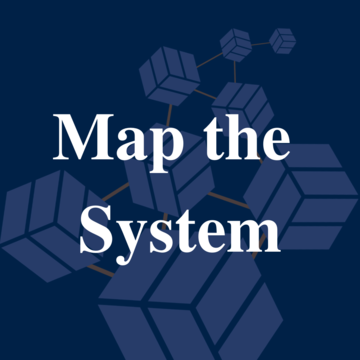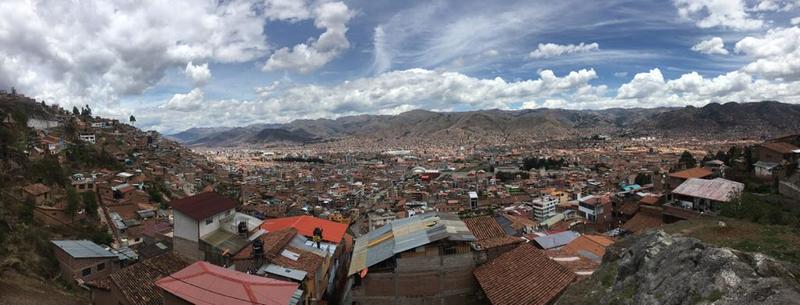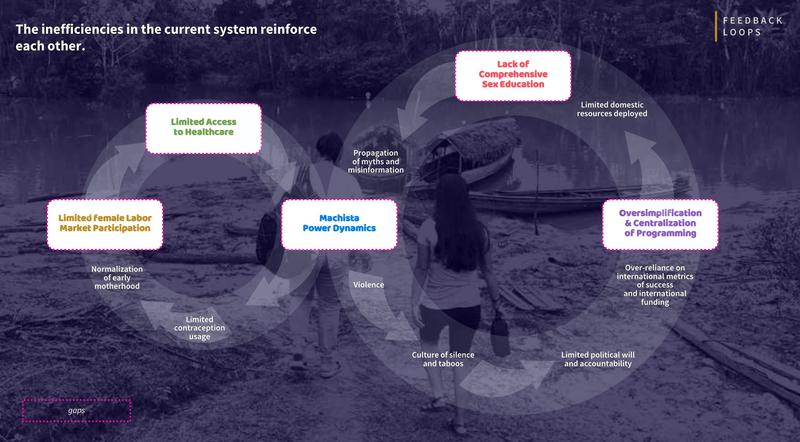Map the System: adolescent pregnancy in Peru

Map the System: adolescent pregnancy in Peru
On 15-17 June 2020, the Skoll Centre’s Map the System Competition held its Global Final virtually. The team from University of Chicago Harris School of Public Policy competed against 30 other finalists from institutions around the world, making it to the final six and presenting their work to a public audience. Sara Surani and Annie Kuster entered the Map the System competition as an excuse to dive deeper into a topic and a community they had been interested in working alongside for years, and here they share how they mapped the system to address adolescent pregnancy in Peru.
Sara and Annie met in November of 2018 in Lima, the capital city of Peru. They were both on a Fulbright fellowship studying similar topics in different regions of the country: Annie was researching the efficacy of storytelling methodology among teenage mothers in Cusco (mountain region); Sara was researching barriers to access health and education in Lima (urban region) and communities along the Amazon and Marañón Rivers in northern Peru (jungle region).
Over a combined nearly 30 months in Peru, Annie and Sara formed deep connections with the young women they were working with, and found themselves inspired by their stories of empathy, resilience, and strength. Structural issues in Peruvian society became more personal as challenges like “health care access” were explained through the eyes of Joanna, the 15-year-old mother who had experienced human trafficking while searching for an illegal abortion, and Maria, who had to travel a full day in canoe to reach the nearest clinic before dark, only to have the clinic refuse health services.

While listening to stories of girls and their communities, Sara and Annie realized that their journey supporting and amplifying the voices of these girls had just begun. After her grant finished, Sara stayed in Peru to continue working with youth in the northern Amazon, and Annie pursued a Master’s degree in International Development & Policy at the Harris School of Public Policy.
Through Harris, Annie was introduced to the Oxford “Map the System” competition and immediately reached out to Sara. They were still intent on finding the best way to support community development efforts targeting the health and well-being of these girls, and Annie saw the Oxford competition as an opportunity to leverage their existing contacts and dive deeper before attempting their ultimate goal: founding a community-based organization focused on promoting reproductive health and youth empowerment. They decided to name their organization “Nayaraq”, or “one with many dreams” in the Peruvian native language of Quechua.
To formulate their ideas, systems map, and final report, Annie and Sara read through secondary reports in English and Spanish, published by internal entities like the Peruvian government and local think tanks, as well as external organizations criticizing and comparing the Peruvian handling of the issue, including UNFPA and Oxfam. Annie and Sara also reached out to contacts across Peru, including healthcare workers and midwives, stakeholders in the Ministries of Health and Education, local NGOs, and thought leadership at women’s rights organizations like Promsex, Plan International, and APROPO.
Although they spoke to over 130 stakeholders in the public and private sectors, Sara and Annie prioritized understanding adolescent perspectives. In what ways is the current system failing them? How can we collaborate with and empower youth to address their needs in order to improve reproductive health agency? How can the Nayaraq team help support catalytic change?
Sara and Annie realized that existing solutions were not efficiently collaborating across sectors and geographies. There is currently a deep divide between resource access in rural and urban regions, and strong communication gaps between the public and private sector. Existing programming relies heavily on eliminating financial barriers to healthcare access and nominally promoting comprehensive sex education without adapting to the diverse cultural contexts of each region. Furthermore, the majority of existing solutions are targeted specifically and exclusively for adolescent girls without consideration of boys’ roles in the reproductive health of their communities.
Therefore, Annie and Sara identified the following critical gaps in existing programming, leading to what they believe to be important levers of change:

Participating in Map the System not only deepened their understanding of a topic that they hope to devote their lives to, but also allowed them to share that understanding and passion with people from all over the world. It has opened opportunities to collaborate across countries and communities with others who are similarly excited about empowerment and community health. The opportunity and conversations that have come from these connections have reignited the spark that inspired them to begin this work in the first place. As they look ahead to what the future holds, they will strive to remember what participating in this competition has taught them: that focusing on amplifying voices and supporting community-lead efforts is the only way to truly achieve systemic change.



